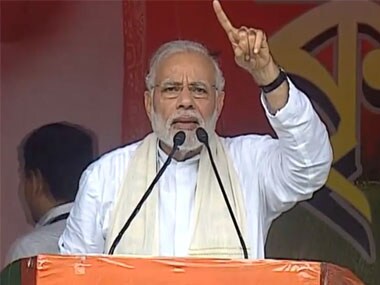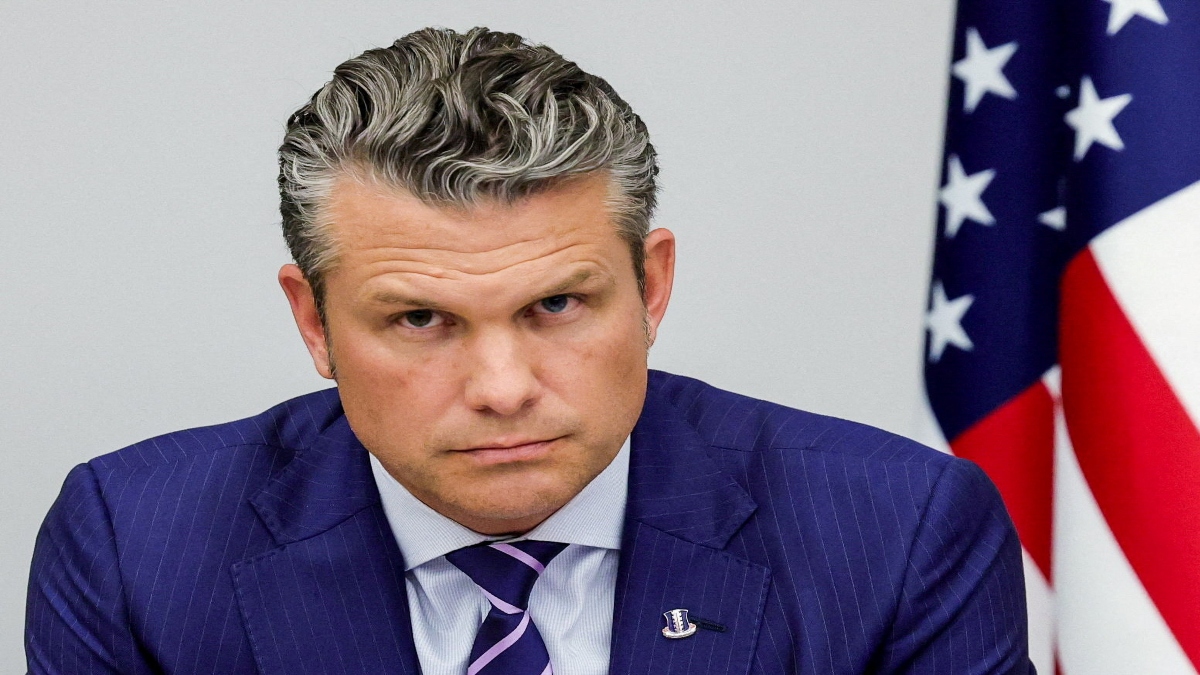On 19 June, 2013 when the Rupee touched 60 against the US dollar, popular author and columnist Chetan Bhagat tweeted, “Rupee at 60. It is mayhem. Close to an economic crisis. But well, the government is silent.”
Rupee at 60. It is mayhem. Close to an economic crisis. But well, the government is silent.
— Chetan Bhagat (@chetan_bhagat) June 20, 2013
There was a barrage of political attacks on the then UPA-government from all quarters, including from the then Gujarat Chief Minister Narendra Modi, against the free-falling rupee. Rupee falling past 60 was an inconceivable idea for many like Bhagat. Just five years later, the rupee is now nosediving past 72 when crude is still below $80 per barrel (back in the UPA-days, it was above $100). One can speculate what and how Bhagat would describe the current rupee level. Clearly, he will have to find stronger words beyond ‘mayhem’ and ‘economic crisis’. [caption id=“attachment_5124811” align=“alignleft” width=“380”]  File photo of Prime Minister Narendra Modi. Twitter@BJP4India[/caption] The rupee defines new lows almost every passing day, marching to the mid-70 levels, forcing economists to keep tweaking the definition of ‘crucial psychological levels’, offering a serious economic problem for the Narendra Modi-government. A significantly depreciated rupee can be defended citing competitiveness for exporters to some extent, but beyond a point it becomes a major economic concern. A falling rupee can make small, unhedged importers run for their life, make foreign external borrowings much costlier for the government and companies and put pressure on the Reserve Bank of India’s (RBI) inflation management. But, the double whammy comes with spiking international crude oil prices. This is where the real shock of a weak rupee arises. Brent crude is trading at $77 per barrel close to its recent peak of $80 per barrel and, yet, showing no signs of wearing off. Now, remember India imports nearly 80 percent of its domestic oil demand. If one does a back-of-the-envelope calculation to assess the cost impact of the rupee depreciation on India’s oil import bill, one can see an increase of about 15 percent. This is taking rupee’s January trading value of 63.25 per dollar and 72.48 per dollar now. On the other hand, fuel prices are crossing new limits. Petrol was priced at Rs 88.12 per litre on Monday while diesel at 77.42 per litre. The Modi government will find it very difficult to justify such high fuel prices when crude is at 77-levels as agitators will cite much lower petrol/ diesel prices during UPA-era at a time when crude was hovering near $140 levels per barrel. The Opposition hasn’t wasted a moment to use the opportunity to accuse the government of failing in its duties to hold back fuel prices and arrest the rupee’s uncontrollable fall. The ongoing Bharat bandh is a result of the political plot to cash in on the rupee-fuel shock. Right now, in the forex market, there are a lot of negative sentiments at play and dollar outflow weighing on the currency. There is always a debate on what is the real value of rupee and whether the rupee is overvalued at current levels. A depreciating currency and rising fuel prices will have inflationary impacts and will prompt the RBI to go for another round of rate hikes. Despite the theoretical gains to exporters from a falling rupee, the gains won’t be much when compared with the costs and adverse economic impact. Ironically, in the beginning of his tenure, PM Modi had described himself lucky since crude was at its lowest point and rupee was range-bound. The PM even used this luck factor in his political speeches. “Do you want a lucky person or someone who is less lucky?” asked Modi in February 2015, when campaigning for the Delhi Assembly elections. Modi had said then, “Ok, let’s accept that I am lucky but you have saved money. If Modi’s luck is benefiting the people, what can be more fortunate? If because of my good luck, prices of petrol and diesel get reduced and common man saves more, then what is [the] need for bringing someone who is unlucky?” Modi, on that day, went on to say that if his luck was benefiting his people, then they must vote for the BJP in Delhi. Modi must be missing those days now. Petrol was retailing at Rs 56.49 per litre in Delhi then while diesel was being sold at Rs 46.01 a litre; international crude oil prices were trending at $60.00 per barrel. Unfortunately, Modi’s luck has vanished at a politically critical point for him. A septuagenarian Rupee and a century-bound petrol and diesel will become Narendra Modi’s new political adversaries as he prepares for the 2019 election battle. In fact, till the time crude plays spoilsport and given the stress on twin deficits, the Modi government can do very little at this stage to do anything significant to save the falling rupee. The ball is in the central bank’s court; like Raghuram Rajan’s currency saving operation in 2013, the RBI can launch another round of rupee bailout plan by restricting capital outflows and incentivising dollar inflows through foreign currency bonds. But, even then, it is too late for the Modi government to win the perception battle. A depreciating rupee and high fuel prices has a political and economic impact for the Modi government. High fuel prices have cascading impact on all walks of public life and hence there will be more Bharat Bandhs in the days ahead that can easily connect with people on the street. (Data contribution from Kishor Kadam)


)

)
)
)
)
)
)
)
)



